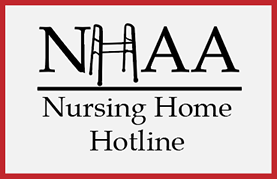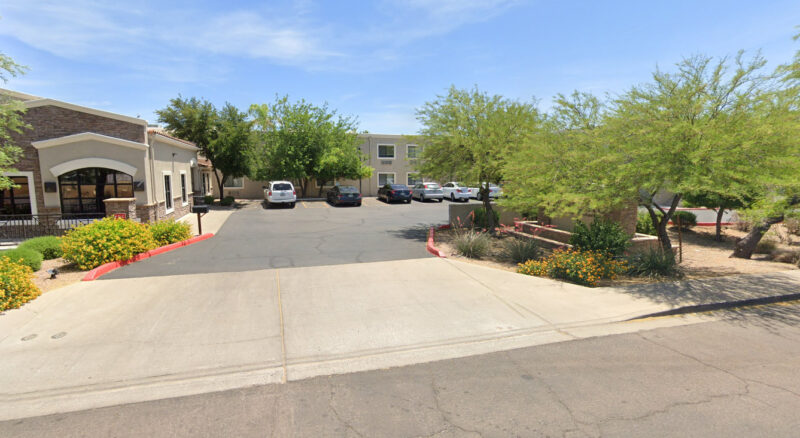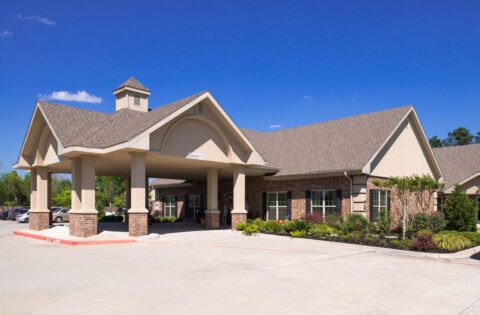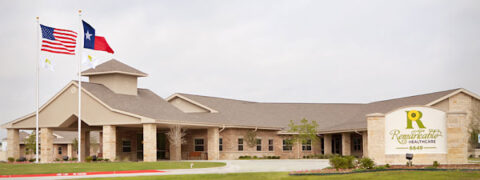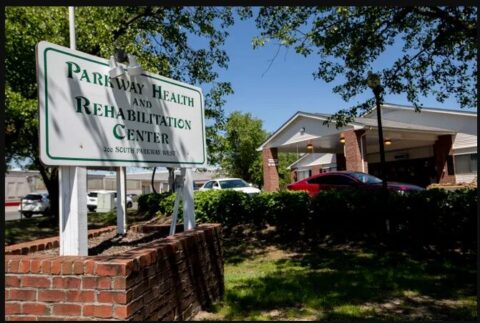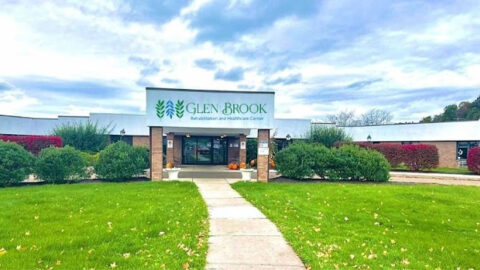State Findings:
Provide appropriate pressure ulcer care and prevent new ulcers from developing.
**NOTE- TERMS IN BRACKETS HAVE BEEN EDITED TO PROTECT CONFIDENTIALITY** 43863
Based on clinical record review, staff interviews, review of policy and procedures and the NPUAP (National Pressure Ulcer Advisory Panel), the facility failed to ensure care and treatment consistent with professional standards of practice to promote healing that include monitoring and treating pressure ulcer was provided for one resident (#40). The deficient practice could result in the lack of timely identification of wound deterioration and timely treatment.
The care plan initiated on November 11, 2022 revealed resident had wounds to the buttocks/coccyx.
The goal was that pressure ulcer will show signs of healing and remain free from infection. Interventions included to administer treatments as ordered and monitor for effectiveness, assess/document status of wound perimeter, wound bed and healing progress, report improvement and declines to the physician, obtain and monitor lab/diagnostic work as order, report results to physician and to follow up as indicated.
The clinical record revealed laboratory result dated November 23, 2022 revealed elevated WBC (white blood cells).
Review of facility grievance form dated November 24, 2022 revealed family met with the charge nurse and voiced concern related to wound care. It also included that the wound provider (NP/staff #7) called the family and discussed wound care and progress for resident #40.
An NP progress note dated December 5, 2022 revealed an unstageable pressure injury to the sacrum with a status of not healed, measured 8.4 cm x 7.1 cm, had moderate amount of serosanguineous drainage, had mild odor, had a wound bed of 76-100% slough and 1-25% pink granulation. Recommendations included for treatment orders and to obtain wound culture for noted odor.
The physician discharge summary dated December 7, 2022 revealed a discharge diagnoses of sepsis with fever, leukocytosis, hypotension while at the facility; and the infection source was still to be determined i.e. respiratory vs hemodialysis vs wound.
Further review of the clinical record revealed the resident was transported to the hospital on December 7, 2022.
In an interview with the wound NP (staff #7) conducted on December 21, 2022 at 12:02 p.m., the wound NP stated the signs and symptoms of infection in a pressure ulcer include purulent drainage, increase/worsening erythema and wound getting worse. He stated that if these were observed he would look deeper and order labs, request for a wound culture and may assess for osteomyelitis. The wound NP said that he would also look at the white blood cell (WBC) count and increased/changes in blood sugars which could be indicators of an infection. The NP stated that a resident who was identified to be at risk for unavoidable pressure injuries would be treated the same as any other wound patient. Regarding the wound culture order on December 5, 2022, the wound NP stated he did not know why the wound culture was not completed; but, he must not have found the need. He further stated that if he had reviewed the lab results for resident #40 he would have documented it in the medical record; however, the wound NP said that he did not recall reviewing any of the lab results. During the interview, a review of the clinical record was conducted with the wound NP who stated that the WBC counts on November 14, 23 and December 6, 2022 were slightly elevated, and if he had looked at the results, he would have been concerned about an infection. Further, the wound NP stated that if he had reported the observations of the resident’s sacral pressure ulcers to any of the other providers he would have documented it in his progress notes.
In another interview conducted with the wound care nurse on December 21, 2022, the wound care nurse stated there was no order written for a wound culture on December 5, 2022; and that, the NP had deferred completing the culture until the next wound visit on December 7, 2022 (the day the resident was transferred to the hospital).
Your Experience Matters
...and we want to hear it.
NHAA is here to assist families, residents, and the community by sounding the alarm on issues like those found above. This nursing home and many others across the country are cited for abuse and neglect.
If you have or had a loved one living in this nursing home or any other nursing home where you suspect any form of abuse or neglect, contact us immediately.
We have helped many already and we can help you and your loved one as well by filing a state complaint, hiring a specialized nursing home attorney or helping you find a more suitable location for your loved one.
You can make a difference, even if your loved one has already passed away.
Please give us a call at 1-800-645-5262 or fill out our form detailing your experience.
Personal Note from NHA-Advocates
NHAA shares with all the families of loved ones who are confined to nursing homes the pain and anguish of putting them in the care of someone else. We expect our loved ones to be treated with dignity and honor in the homes we place them. We cannot emphasize enough to family members of nursing home residents; frequent visits are essential to our loved ones’ well-being and safety.
If you are struggling and upset, click here to understand your options, or contact us through our contact form or call our toll free hot line number: 1-800-645-5262.
